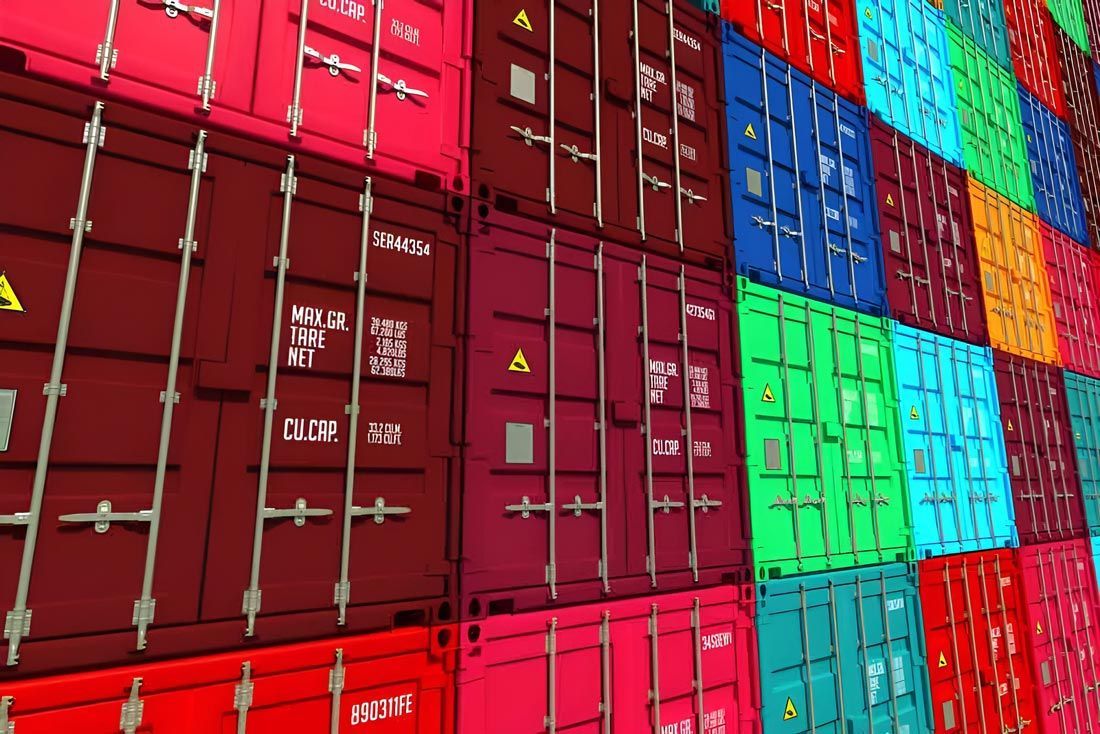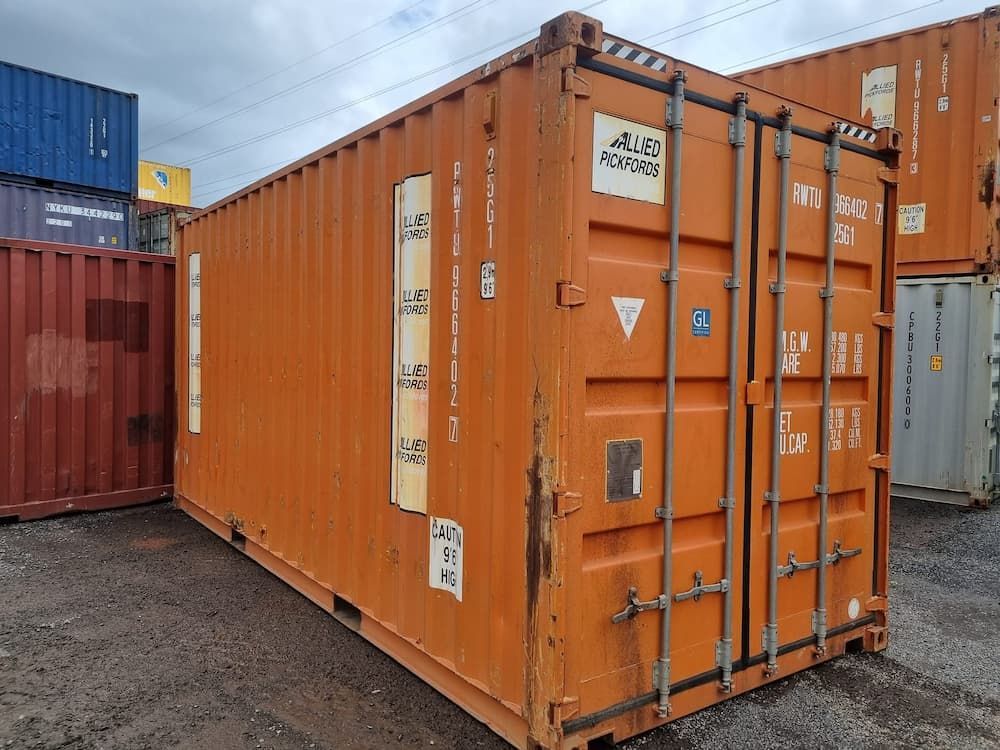How to Choose the Right Shipping Container for Your Needs
When it comes to purchasing a shipping container, the choices can be overwhelming—especially for first-time buyers. Whether you're a small business in need of a mobile workspace or a homeowner looking to add extra storage, selecting the right container involves more than just going for the cheapest or largest option. With so many types and configurations of shipping containers on the Sunshine Coast, it’s essential to understand your specific requirements from the outset. Doing so will help you avoid costly mistakes and ensure the container suits your intended purpose. This blog post will walk you through everything you need to consider when choosing the ideal shipping container for your needs.
Assess Your Purpose: Storage, Transport, or Conversion?
Before discussing measurements and metal grades, define your intended use. Are you looking for a basic storage unit? Do you plan to transport goods long distances? Or maybe you want to convert the container into a home office or pop-up café? Your answer will determine which features matter most.
Typical uses include:
- Storage containers for tools, stock, furniture, or seasonal items
- Shipping containers for exporting goods locally or overseas
- Conversion projects such as offices, studios, accommodation, or workshops
For example, a local landscaping business on the Sunshine Coast may require a watertight container with shelving for tools, while an eCommerce store might need a modifiable unit for secure product storage. Getting this clarity up front helps filter down your choices.
Understand Standard Container Sizes & Dimensions
Shipping containers come in several standard sizes, each with different internal volumes and external dimensions. Picking the wrong size could leave you with either too much-unused space or not enough room to store your gear.
The most common sizes include:
- 10ft containers: Compact and ideal for residential storage or tight sites
- 20ft containers: The most popular choice—versatile for transport and storage
- 40ft containers: Best for high-volume storage or transporting large cargo
When planning what to store, keep in mind internal clearance. For example, if you need to fit palletised goods or bulky equipment, a 20-ft or 40-ft unit might be more appropriate.
Choose Between New, Used, or Refurbished Containers
Not all containers are created equal, especially when it comes to age and condition. You’ll find options ranging from brand-new to well-used—and your choice should align with your usage plans and budget.
Comparison overview:
- New (One Trip):
- Near-pristine condition
- Ideal for conversion or long-term use
- Higher upfront investment
- Used (Cargo Worthy or Wind & Water Tight):
- Affordable & structurally sound
- May show surface rust or cosmetic wear
- Great for secure storage
- Refurbished:
- Repaired & repainted
- Good middle ground between price & appearance
- Often come with short-term warranties
For those seeking durable storage solutions, used wind- and watertight containers often provide excellent value due to their structural integrity and resistance to the elements.
Evaluate Container Condition & Grading
Shipping containers are graded based on structural integrity and cosmetic condition. These grades help you compare what you’re getting and set expectations about lifespan and performance.
Common container grades:
- A Grade (One Trip/New): Almost new, clean, and undamaged inside and out
- B Grade: Used but in solid condition; some rust, dents, or repairs expected
- C Grade (As Is): Older units; best for non-sensitive or temporary storage
Look for signs of rust, holes, warped doors, and floor damage. If possible, ask your supplier for photos or an in-person inspection.
Consider Modifications & Custom Features
Modifications can make all the difference if you plan to repurpose the container or need specialised access. Whether you're setting up a mobile workspace, a secure retail unit, or a long-term storage solution, there are countless ways to customise your container.
Popular modifications include:
- Whirlybirds & vents for airflow in humid climates
- Doors & windows for container offices or studios
- Insulation & internal lining to protect sensitive goods
- Lockboxes & security upgrades for theft prevention
- Shelving & partitioning for better organisation
Modified units are readily available, and many suppliers can also assist with design-ready models that allow for future upgrades.
Think About Site Access & Placement Logistics
Getting your container delivered and positioned correctly is just as important as the container itself. Poor access or unstable ground can complicate delivery and even damage the unit over time.
Site factors to consider:
- Can a tilt tray or side-loader truck access the delivery area?
- Is the drop zone level stable and clear of obstacles?
- Is council approval needed for permanent placement?
- Will you need a crane or forklift for positioning?
Buyers should consider factors like narrow driveways, uneven terrain, or sandy ground, as these conditions may require specialised delivery vehicles or additional site preparation.
Check for Weather Resistance & Security Features
If you’re storing tools, equipment, or stock—especially in an outdoor environment—weather protection and security are non-negotiables. Coastal conditions can accelerate corrosion, so ensure your container can handle the elements.
Checklist for durability & safety:
- Corten steel construction to resist salt & rust
- Tight rubber door seals to prevent water ingress
- Reinforced lockbox to deter tampering
- Anti-condensation treatments or vents for moisture control
- Repainted exteriors with marine-grade coatings
Containers used near the beach or in rural locations benefit greatly from extra sealing and rust-proofing.
Work with a Trusted Local Supplier
Finally, choosing a reputable container provider can make your entire experience smoother—from initial advice to after-sales support. Local suppliers not only understand the unique demands of the local climate and terrain but also offer faster service and tailored delivery options.
Why choose a local supplier:
- Fast delivery throughout the region
- Knowledge of council regulations & site restrictions
- Easy communication & local pickup options
- Access to a wide range of new, used & modified units
- Ongoing support for custom projects or repeat orders
Buying from a trusted local business also means you can inspect containers in person and avoid hidden delivery fees or delays often encountered with out-of-state suppliers.
Looking for Shipping Containers for Sale on the Sunshine Coast?
At East Coast Containers, we’re here to help you make the right choice—whether you need a compact 10ft unit for backyard storage or a modified 40ft container for commercial use. We offer a wide range of storage containers on the Sunshine Coast, backed by expert advice, reliable delivery and tailored support for both individuals and businesses.
Take a look through our current listings, or
get in touch via our contact page. If you're looking to buy shipping containers on the Sunshine Coast, we’re here to help you find the perfect fit for your space, budget and purpose—stress-free and locally supported.












